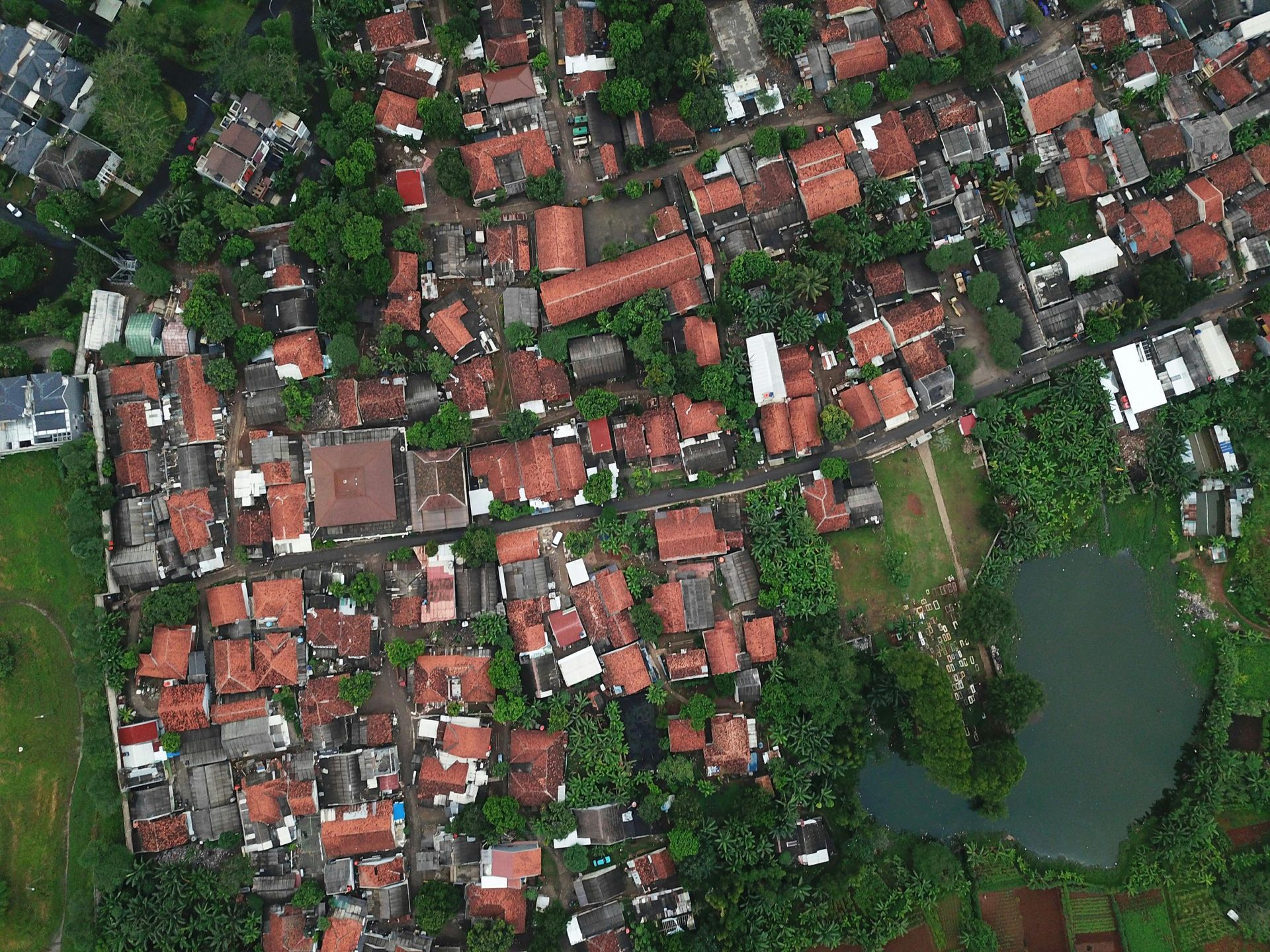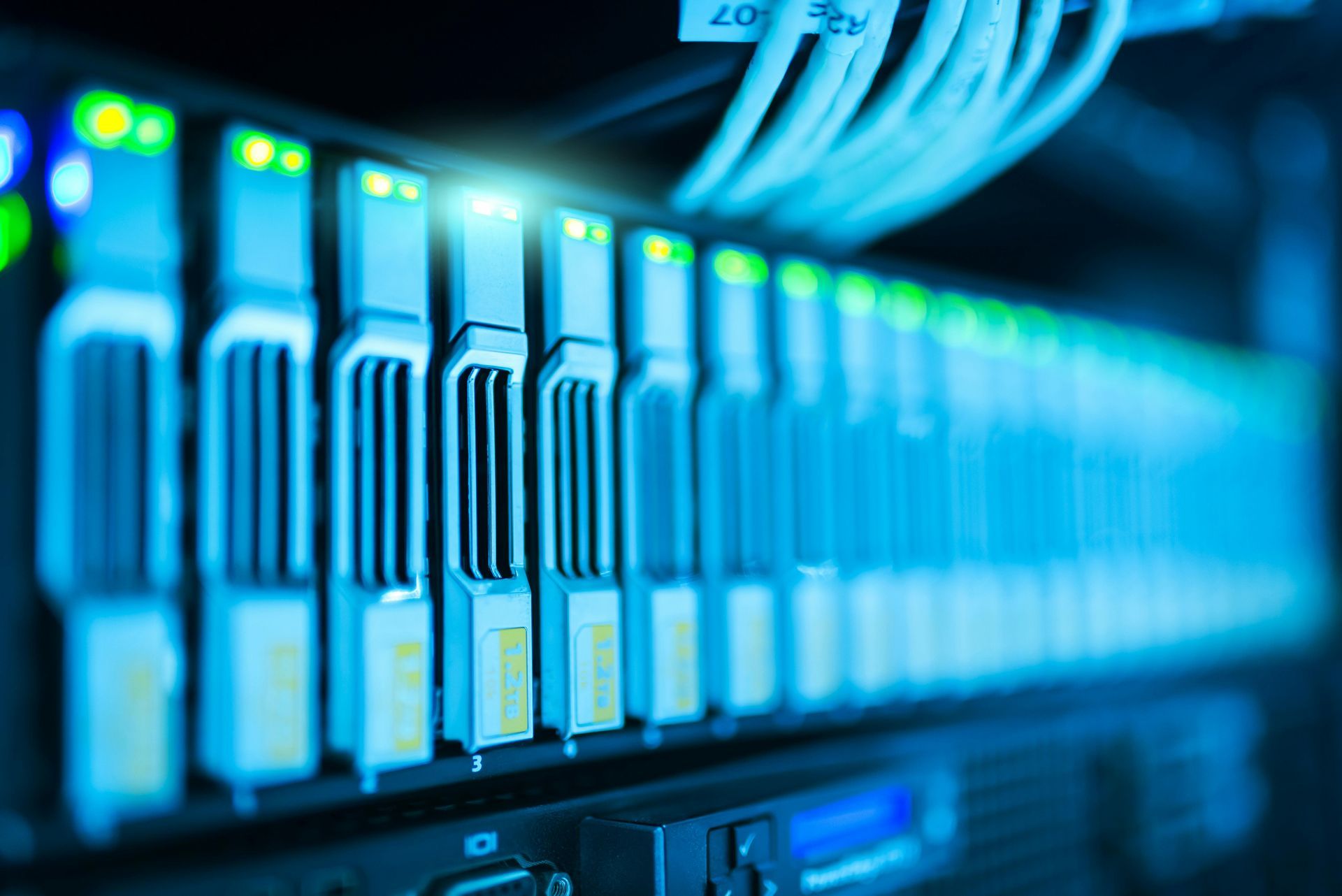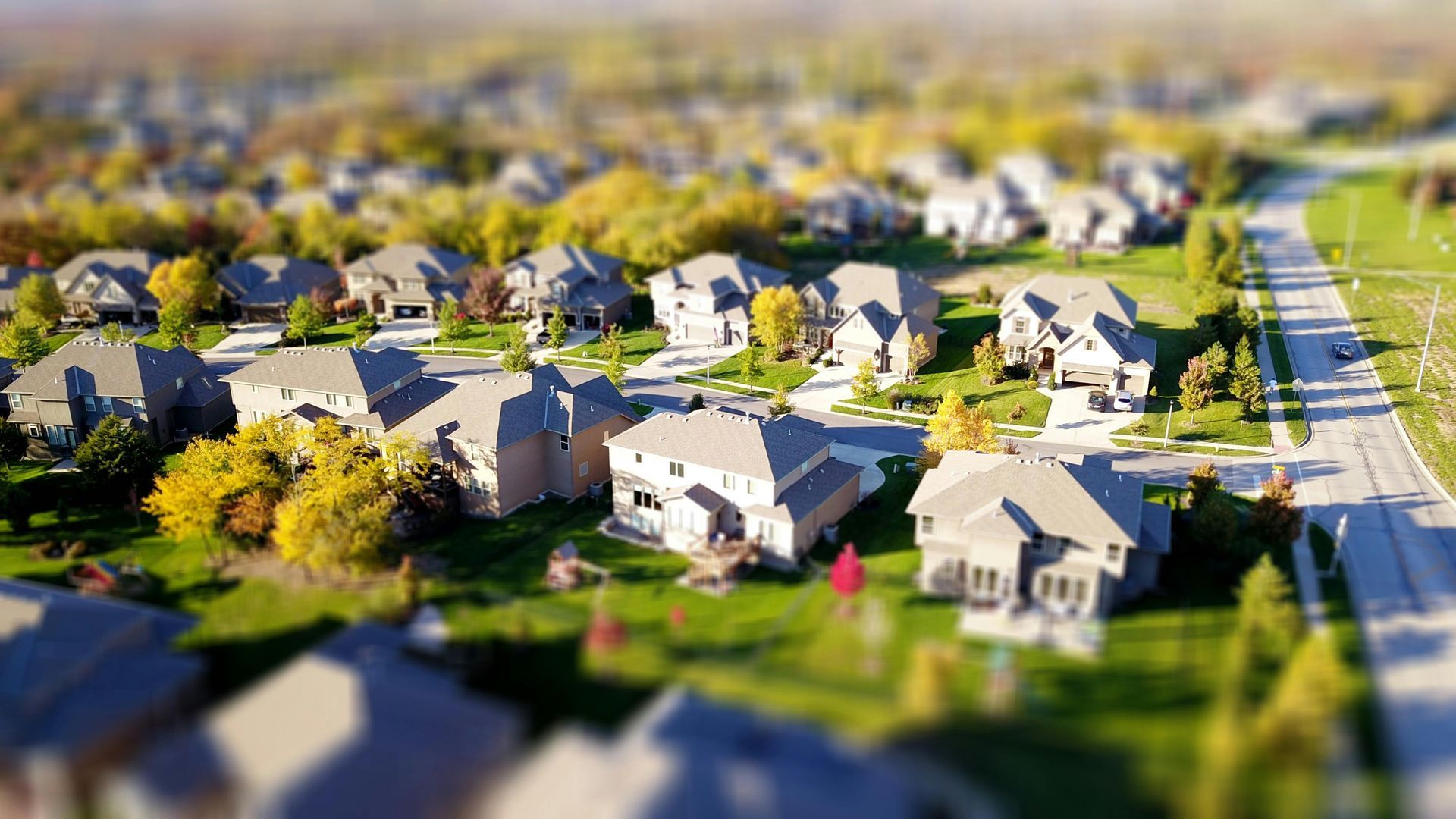Resources

In today’s digital economy, internet speed is more than a convenience—it’s a direct contributor to business productivity, profitability, and reputation. While many business owners focus on traditional expenses like payroll, inventory, or marketing, there’s one cost that often flies under the radar: slow, unreliable internet . It may seem like a minor inconvenience at first, but over time, poor connectivity can bleed money, stunt growth, and frustrate both employees and customers. At Velofi, we work with businesses every day that have outgrown their current internet solutions. From small startups to multi-site enterprises, we’ve seen firsthand how the right infrastructure—especially fiber-optic connectivity —can change the game. The True Impact of Slow Internet Think about how often your team relies on internet access: Uploading and downloading files Using cloud-based software (Google Workspace, Microsoft 365, Salesforce) Hosting or attending virtual meetings Processing online payments Operating VoIP phone systems Communicating with customers via live chat or email Now imagine every one of those processes being delayed by even a few seconds. Multiply that by dozens of employees, hundreds of transactions, or thousands of customer interactions. The losses add up fast. Over the course of a year, what might seem like a small lag can turn into thousands of dollars in lost productivity and missed opportunities. The Hidden Costs Businesses Face Lost Productivity Employees wasting time waiting for pages to load or files to sync isn’t just annoying—it’s expensive. Studies show that even minor delays can result in dozens of hours of lost productivity per employee per year . When you multiply that across your workforce, the financial toll becomes significant. This loss can also impact team morale and performance, especially when employees feel their tools are holding them back. Frustrated Customers A slow internet connection can disrupt e-commerce checkouts, customer service response times, and support calls. Customers expect instant results, and if your system lags, they’ll go elsewhere. In today’s on-demand economy, patience is limited . A slow website or dropped call can cost you not just one sale, but long-term loyalty. Online reviews reflect these experiences, compounding the problem. Downtime and Service Interruptions Every minute your systems are down is a minute you’re losing sales, leads, or opportunities. Traditional internet providers often suffer from outages during peak hours or during storms, while fiber delivers more stable uptime. Even short outages can cause significant disruption, especially for businesses in finance, healthcare, logistics, or customer support. Poor Collaboration Laggy Zoom calls and delayed screen shares slow down team collaboration. For businesses relying on remote or hybrid work, stable video and cloud access are essential. If employees are constantly dealing with frozen screens or voice delays, the pace of innovation slows down. Fiber internet ensures clear, uninterrupted communication , allowing teams to collaborate as if they’re in the same room. Increased IT Costs When systems perform poorly due to bandwidth issues, IT departments spend more time troubleshooting and less time innovating. That leads to more expenses and fewer strategic gains. Constant patchwork solutions drain your team and distract from long-term improvements. Why Fiber is the Business-Ready Solution Fiber internet solves many of these problems at the source. Here’s how: Symmetrical Speeds : Uploads are just as fast as downloads, perfect for video calls and cloud software. Scalability : As your team grows, your connection keeps up. Reliability : Fiber is less prone to weather issues, signal loss, or network congestion. Security : Fiber lines are harder to intercept and provide more stable protection for sensitive data. Beyond these technical advantages, fiber allows your business to take advantage of emerging technologies like AI, Internet of Things (IoT), and machine learning, which require massive bandwidth and real-time processing. Real-World Scenarios Let’s look at two examples: A creative agency relies on large video file uploads to share work with clients. With a standard cable connection, transferring a 2GB file could take 15-20 minutes. With fiber, it takes just seconds. Over time, this drastically increases billable hours and client satisfaction. A medical clinic uses telehealth appointments and digital record-keeping. Laggy connections compromise patient care, delay updates, and frustrate physicians. Upgrading to fiber eliminates interruptions and improves the reliability of their digital workflows. Velofi: Building Smart Networks for Smart Businesses Velofi partners with business owners across the Southeast and Arizona to deliver custom fiber infrastructure that fits their size, goals, and future ambitions. We don’t just plug you in—we engineer networks designed for: Real-time performance Long-term scalability Operational efficiency Enhanced customer experience From site evaluation and permitting to installation and post-launch support, our team ensures your business stays connected and competitive. Whether you operate a single location or a regional network, we help lay the digital foundation you can build on. The Competitive Advantage of Fiber Connectivity Businesses that adopt fiber internet enjoy more than just speed: Higher retention : Happier customers and employees stick around. Innovation readiness : Implement new tools without worrying about lag. Brand reputation : Show your clients and partners that you're serious about performance. Cost efficiency : Long-term savings from fewer outages, lower IT strain, and better productivity. In short, fiber helps you run a smarter, leaner, more competitive business . Don’t Let Slow Internet Drain Your Potential In the digital age, your business is only as strong as the network behind it. Slow internet isn’t just a nuisance—it’s a cost center, a growth blocker, and a liability. Upgrading to fiber isn’t an expense—it’s an investment in your business’s future. Let Velofi help you eliminate the hidden costs and unlock the full potential of high-performance connectivity. Because when your business runs at full speed, there’s no limit to what you can achieve. If you’re ready to stop settling for "good enough," let’s talk about building a fiber-powered future today.
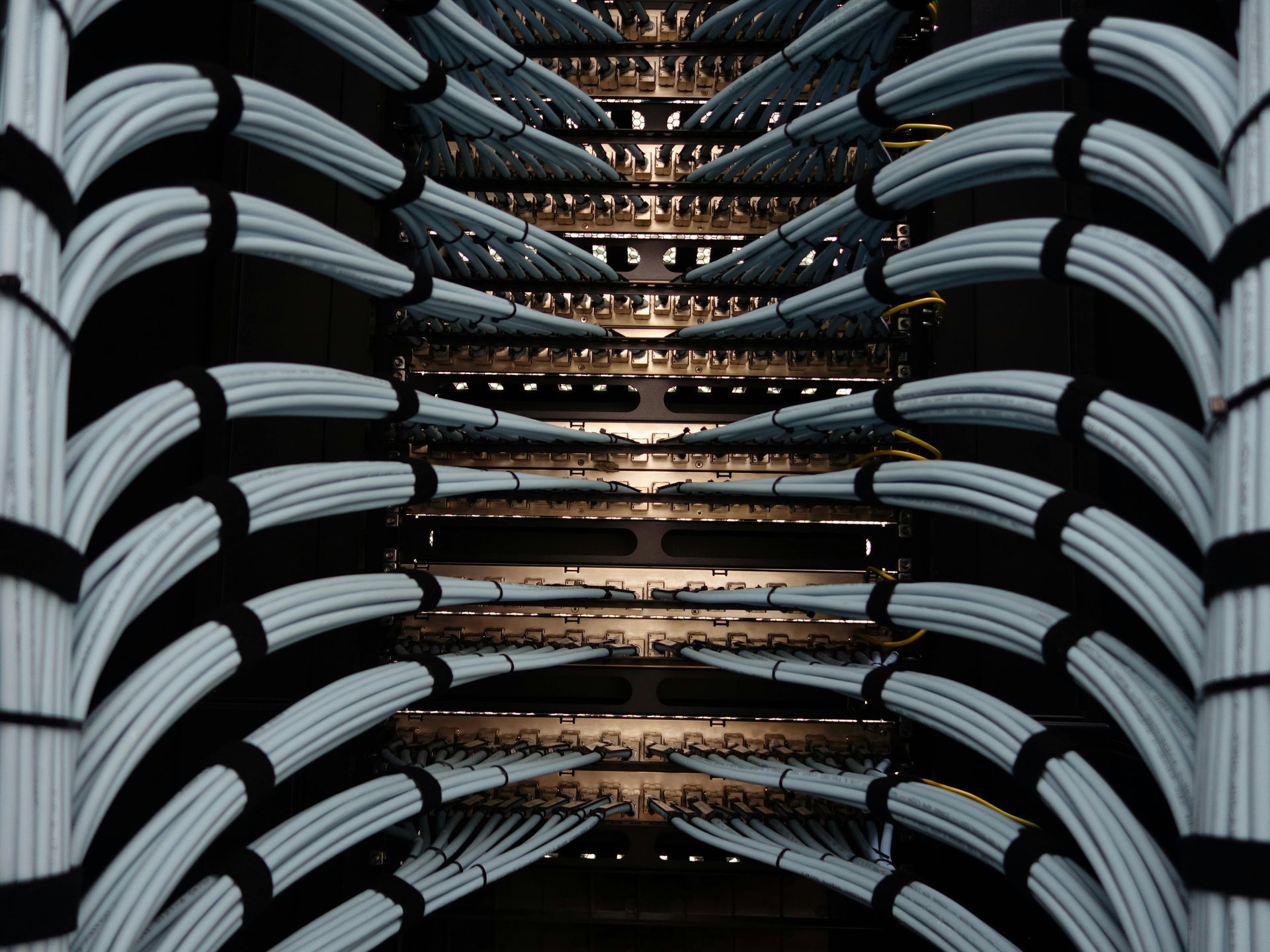
The Cost of Standing Still In a world where technology is constantly evolving, businesses can’t afford to stand still. The digital transformation isn’t coming—it’s already here. From cloud computing to AI-driven operations, the tools that define success are changing. Yet, many businesses are trying to run modern applications on outdated infrastructure. The result? Slow systems, poor customer experiences, security vulnerabilities, and missed opportunities. To remain competitive, businesses must future-proof their operations—and it all starts with the foundation: internet infrastructure. At Velofi, we believe your network shouldn’t just meet today’s needs. It should power tomorrow’s growth. What Does It Mean to Future-Proof? Future-proofing is about preparing your business for changes in technology, customer expectations, and the broader market. It means investing in scalable, flexible systems that can evolve as your business does. And at the heart of every digital solution is one critical component: internet connectivity. If your connection is slow, unreliable, or limited, no amount of cutting-edge software or IT tools will deliver the performance you need. That’s why fiber optic internet—with its speed, reliability, and scalability—is the foundation of a future-proof business. Why Internet Infrastructure Matters More Than Ever Your internet connection isn’t just a utility; it’s the backbone of your entire digital ecosystem. Think about how much of your business relies on being connected: Cloud storage and file sharing Video conferencing and virtual meetings Customer Relationship Management (CRM) platforms E-commerce and digital transactions Real-time data analytics and reporting Remote work and mobile operations Cybersecurity and network monitoring A weak connection creates friction in every one of these areas. It can cause downtime, lag, file loss, and customer frustration. It can prevent your employees from being productive and stop your business from scaling efficiently. Simply put: your internet infrastructure can make or break your digital potential. Fiber Optic Internet: The Smart Investment Fiber optic internet is designed to handle the demands of modern business. It delivers symmetrical upload and download speeds—essential for collaboration and cloud computing. It provides ultra-low latency for seamless video calls and real-time communications. It offers unmatched reliability, so your connection stays strong even during peak hours or inclement weather. Unlike cable or DSL, fiber isn’t affected by electromagnetic interference and doesn’t degrade over long distances. It’s a future-proof investment that grows with your business, capable of supporting emerging technologies like IoT, AI, and 5G. Common Signs You Need a Network Upgrade If you’re not sure whether your business is ready for a fiber upgrade, consider the following red flags: Frequent video call disruptions or buffering Lag in cloud-based applications Slow upload speeds for large files Inconsistent connectivity during peak usage hours Security breaches due to outdated infrastructure Employee complaints about system speed or reliability If any of these sound familiar, it’s time to reevaluate your internet setup. The longer you wait, the more likely your business is to fall behind. Velofi: Future-Proofing at the Ground Level At Velofi, we don’t just install internet. We design intelligent infrastructure solutions that align with your growth strategy. Whether you’re a startup scaling quickly or an established company modernizing your operations, our fiber-based systems provide the flexibility and performance you need. Our approach is hands-on and comprehensive: Assessment: We evaluate your current systems, bandwidth needs, and future goals. Design: We build a custom fiber network plan tailored to your business operations. Deployment: We manage construction, installation, and integration with minimal disruption. Support: Our expert team provides ongoing service, monitoring, and optimization. We don’t believe in one-size-fits-all. We believe in getting it right—from the ground up. The Competitive Advantage of Being Ready Businesses that invest in modern infrastructure don’t just survive—they thrive. Fiber internet enables your team to work faster, collaborate better, and deliver a superior experience to your customers. It unlocks new possibilities, like: Hosting high-traffic e-commerce platforms Utilizing AI-driven customer service tools Running virtual offices across multiple locations Accessing real-time analytics for better decision-making Staying agile in the face of disruption Most importantly, it positions your company as a leader. When your competitors are dealing with outages and inefficiencies, you’ll be moving forward. Planning for the Future Starts Now There’s no better time to start building the infrastructure your business needs to succeed. As the digital landscape continues to evolve, the gap between future-ready businesses and lagging competitors will only widen. By investing in fiber internet now, you’re setting your organization up for long-term success. You’re protecting your productivity, ensuring your security, and empowering your team to innovate without limits. Build on a Strong Foundation Future-proofing isn’t about predicting the future. It’s about preparing for it. And that preparation starts with a strong, reliable, high-speed internet connection. Velofi is here to help you build that foundation. Our custom fiber solutions are designed for performance, security, and growth. We don’t just help you catch up—we help you lead. If your business is ready to make a smart investment in its future, we’re ready to make it happen. Because the future doesn’t wait—and neither should you.

A Modern-Day Inequality In today’s digitally driven world, access to high-speed internet has become as critical as access to electricity and clean water. It powers our work, connects us to education, enables access to healthcare, and fuels innovation. Yet, millions of Americans still live without reliable internet service. This disparity has a name: the digital divide. It’s a growing gap between those who can access fast, reliable internet and those who cannot—and it’s a divide with serious economic, educational, and social consequences. At Velofi, we believe internet access is not a privilege; it’s a necessity. We’re on a mission to help close the digital divide by building the infrastructure needed to bring fast, dependable internet to every community—regardless of zip code. Understanding the Digital Divide The digital divide is not just about whether someone can connect to the internet. It’s about how they connect and the quality of that connection. Many rural, low-income, and marginalized communities have internet access that is slow, spotty, or prohibitively expensive. In contrast, more affluent urban and suburban areas enjoy fast, reliable connections and abundant choices. This gap isn’t limited to one demographic. Seniors, veterans, students, job-seekers, healthcare patients, and small businesses in underserved areas all experience barriers to digital access. The result? Lost opportunities. Children fall behind in school. Adults miss out on remote work. Businesses struggle to compete. Healthcare becomes less accessible. And communities as a whole are held back from economic growth. COVID-19: A Harsh Wake-Up Call The COVID-19 pandemic didn’t create the digital divide, but it shined a spotlight on how devastating it can be. When schools went virtual, students without adequate internet were left behind. When businesses shifted to remote work, employees in poorly connected areas couldn’t participate. When doctors began offering virtual appointments, entire communities were left out of telehealth services. The pandemic made it crystal clear: broadband is essential infrastructure. Much like roads and bridges, broadband connects people to opportunity. Without it, individuals and communities are disconnected from modern life. Fiber: The Foundation of Digital Equity While there are many ways to deliver internet, fiber optic technology stands above the rest. It’s fast, scalable, reliable, and built to last. Unlike older technologies, fiber doesn’t degrade over distance, and it isn’t subject to the same bandwidth limitations. That means it can serve more people with better service, even in remote or rural areas. At Velofi, we believe fiber is the foundation for closing the digital divide. It doesn’t just meet today’s needs—it anticipates tomorrow’s. As more devices connect to the internet and data usage continues to skyrocket, only fiber will be able to keep up. Velofi’s Approach: Community-Focused Connectivity We understand that every community is unique. That’s why Velofi takes a personalized approach to broadband deployment. We work hand-in-hand with: Municipalities seeking to modernize infrastructure Homeowners associations (HOAs) looking to offer residents better service Property developers who want to equip new builds with high-speed access Local organizations aiming to serve underserved populations We assess each community’s challenges and develop a custom fiber deployment plan. Our team manages everything from design and engineering to permitting, trenching, and installation. Our goal is simple: to deliver reliable, high-speed internet that works for everyone. Bringing Underserved Areas Online Underserved communities often face multiple barriers to broadband access, including: Geographic challenges (mountains, distance, lack of existing infrastructure) Economic limitations (low-income households can’t afford high-speed plans) Policy gaps (outdated regulations or lack of government support) Velofi addresses these issues head-on. By leveraging partnerships, securing grant funding, and utilizing innovative construction techniques, we help bring affordable, future-proof fiber networks to places where large ISPs often won’t go. We believe in digital justice—because no one should be left behind in the digital age. The Ripple Effect of Connectivity When a community gains high-speed internet access, the impact goes far beyond faster downloads. The ripple effects include: Improved education: Students can complete assignments, attend virtual classes, and access online resources Economic development: Small businesses grow, remote jobs become available, and entrepreneurship flourishes Healthcare access: Patients can use telehealth services, especially in rural areas with limited hospitals Civic engagement: Residents can access government services, vote, and stay informed Community strength: People feel more connected and included in society Connectivity is empowerment. And when we empower people, we uplift entire communities. Collaborating for a Connected Future Closing the digital divide requires collaboration. No single company or organization can do it alone. Velofi works closely with local governments, schools, nonprofits, and developers to ensure that our broadband solutions are inclusive and sustainable. We also advocate for smarter broadband policy at the state and federal levels, urging lawmakers to prioritize infrastructure investment, reduce red tape, and support long-term funding models that incentivize rural expansion. Our goal is to make connectivity not just available, but equitable. Success Stories: Making a Tangible Impact Across the Southeast and Arizona, Velofi has already helped dozens of communities bridge the digital gap. In one rural town, our fiber installation enabled a school district to launch a 1:1 device program. In another underserved area, we helped local clinics connect to telehealth networks, reducing travel time for patients and improving care. Every project reinforces the same truth: Access changes everything. And while the work is far from over, each new connection is a step forward. Conclusion: Access for All The internet is no longer optional. It’s the gateway to education, employment, healthcare, and community. And yet, too many Americans are still on the wrong side of the digital divide. At Velofi, we’re committed to changing that. Through fiber-based infrastructure, community partnerships, and a passion for equity, we’re building more than networks. We’re building a future where everyone has the tools to thrive in a connected world. Because when everyone has access, everyone has opportunity. And that’s a future worth investing in—one connection at a time.
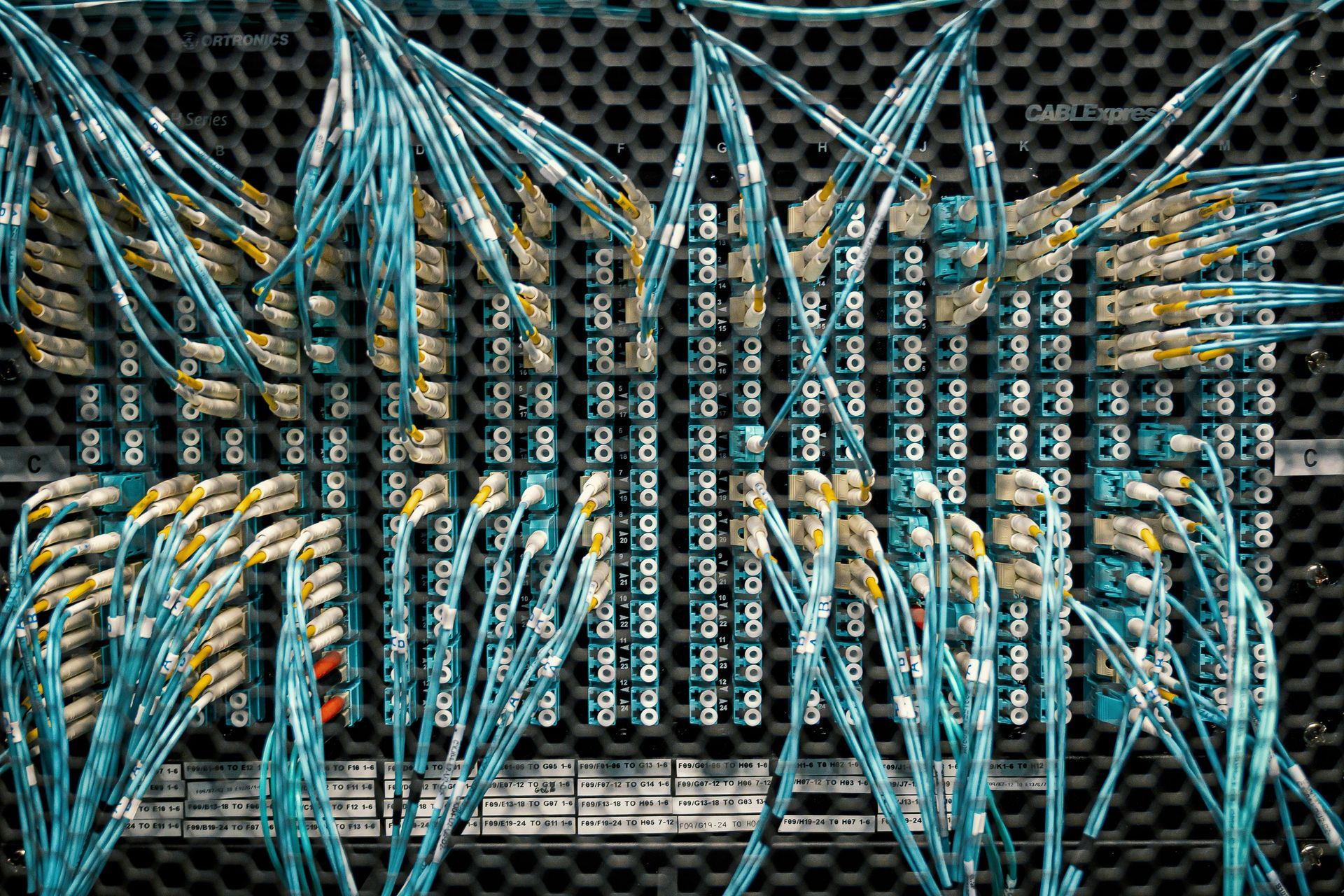
The New Normal We live in an age where internet connectivity powers almost everything we do. From streaming our favorite shows to managing businesses, attending virtual classrooms, or conducting telehealth visits, reliable internet isn’t just helpful anymore—it’s essential. Yet, even with this shift, many people still view fiber optic internet as a high-end luxury. The truth is, it’s not. Fiber optic internet has become the gold standard of connectivity, and in today’s increasingly digital society, it’s no longer optional. It’s a necessity. The Technology Behind Fiber Optics Fiber optic internet operates by sending light through strands of glass fibers, transmitting data at nearly the speed of light. This is drastically different from traditional cable or DSL internet, which relies on copper wires and electrical signals. Copper degrades over distance, is more susceptible to interference, and simply can’t match the capacity of fiber. Fiber optic technology, on the other hand, provides: Gigabit speeds both upstream and downstream Ultra-low latency for real-time communication Greater reliability during peak usage and adverse weather Scalability to support future innovations These advantages make fiber the most future-ready internet infrastructure available. Why Speed and Reliability Matter More Than Ever With so many daily functions moving online, internet speed is no longer just a matter of convenience. Consider remote work. For many, working from home has become a permanent reality. Video conferencing, file sharing, cloud-based collaboration tools, and virtual desktops all require high-speed connections. Lag, dropped calls, or buffering during important meetings aren’t just annoying—they can be career-impacting. Education has also changed dramatically. Virtual learning, online courses, and homework assignments now rely heavily on consistent internet access. In households with multiple children or working parents, bandwidth can quickly become a bottleneck. Without fiber, families often struggle to meet these demands. Then there’s entertainment. Streaming services like Netflix, YouTube, Hulu, and Disney+ have replaced traditional cable for many households. Add in online gaming, smart home devices, and social media—suddenly, a regular cable connection can start to buckle under the pressure. Fiber handles it all with ease, making it the backbone of the modern digital home. The Business Case for Fiber For businesses, fiber isn’t just a nice upgrade—it’s a competitive edge. Today’s business environment is fast-paced and cloud-driven. Companies rely on seamless access to cloud storage, real-time collaboration platforms like Microsoft Teams or Slack, and CRM systems like Salesforce. Delays and downtime can mean missed opportunities, lost revenue, and frustrated clients. Fiber’s low latency is crucial for VoIP systems, video conferencing, and remote server access. And when it comes to cybersecurity, fiber offers enhanced protection. Because it’s immune to electromagnetic interference and harder to tap into physically, fiber is inherently more secure than copper. Moreover, businesses planning for growth need infrastructure that scales with them. Fiber can handle increasing bandwidth requirements without the need for major overhauls. It’s a smart investment that future-proofs operations, positions a business for digital innovation, and enhances its overall efficiency. Economic Development and Community Benefits Installing fiber doesn’t just benefit individual homes or businesses—it can revitalize entire communities. Studies show that access to high-speed internet increases property values, attracts new businesses, and enhances quality of life. Communities with fiber infrastructure see better educational outcomes, more robust telehealth options, and stronger local economies. For underserved rural or low-income areas, fiber can be transformative. These communities often suffer from limited access to education, healthcare, and employment opportunities due to poor internet infrastructure. By bringing fiber to these regions, we’re not just laying cable—we’re laying the foundation for economic empowerment and digital inclusion. Environmental Sustainability Fiber is also a greener choice. Because it transmits data using light rather than electricity, it consumes less energy over long distances compared to copper networks. It also requires less cooling and maintenance in data centers, making it a more sustainable option in the long term. Additionally, reliable high-speed internet reduces the need for commuting. Remote work, teleconferencing, and telehealth decrease vehicle emissions, lower traffic congestion, and reduce the overall carbon footprint. Fiber helps support these environmentally friendly practices. Fiber vs. 5G and Cable: Clearing the Confusion Some people wonder whether 5G will make fiber obsolete. The answer? Not at all. In fact, 5G networks rely on fiber infrastructure to operate. Every 5G cell tower needs a fiber backhaul to deliver its promised speeds. So rather than competing, fiber and 5G are complementary technologies. Compared to cable internet, the advantages of fiber are even more stark. Cable speeds tend to fluctuate, especially during peak hours, because bandwidth is shared among neighbors. Fiber delivers a dedicated connection, maintaining consistent speeds regardless of usage. The Cost Factor: Investment vs. Expense Yes, fiber can be more expensive to install initially. But it’s important to think of fiber as an investment, not just an expense. The long-term benefits—fewer outages, better performance, lower maintenance, and higher property value—far outweigh the upfront costs. Moreover, as demand grows and infrastructure expands, fiber is becoming increasingly affordable. Many communities and developers are finding innovative ways to subsidize installation costs through public-private partnerships, grants, and phased implementation strategies. How Velofi Is Leading the Charge At Velofi, we believe that fiber internet is the foundation of a thriving, future-ready community. That’s why we specialize in delivering tailored fiber optic infrastructure to businesses, municipalities, and residential developments across the Southeast and Arizona. Our process starts with understanding the unique needs of each client. We assess existing infrastructure, design a scalable network plan, and handle all aspects of construction—from trenching and boring to installation and testing. Our goal is to deliver not just speed, but confidence. Confidence that your internet will work when you need it. Confidence that your business won’t fall behind. Confidence that your community can grow. We don’t just bring fiber to your door. We bring peace of mind. Let’s Rethink Our Priorities Fiber optic internet is no longer a futuristic concept or luxury reserved for big cities or tech campuses. It’s here, it’s transformative, and it’s essential for modern life. Whether you’re working, learning, running a business, or simply trying to stay connected to the world around you, fiber provides the speed, reliability, and resilience needed to succeed. At Velofi, we’re proud to be part of the movement that’s reshaping digital infrastructure from the ground up. We’re not just building networks—we’re building possibilities. And we’re doing it one connection at a time. So let’s stop treating fiber like a premium perk. Let’s start recognizing it for what it is: the backbone of the digital world, and a critical piece of the future we all want to build.

